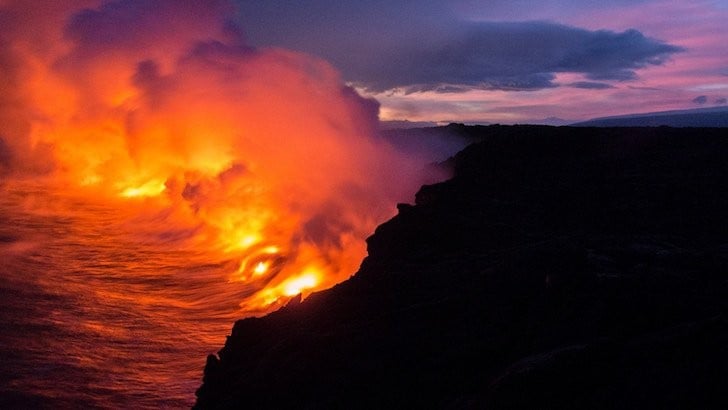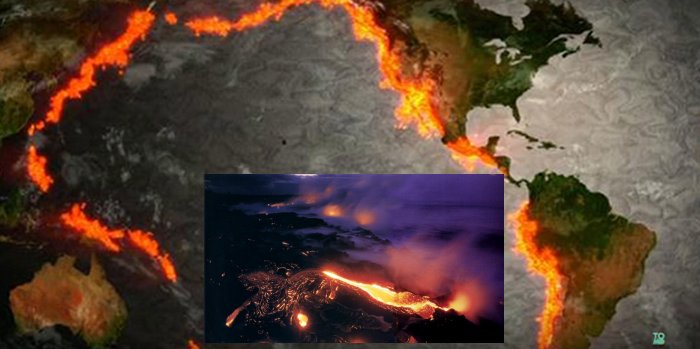

Ash from the eruption spread around the world, and is thought to have lowered global temperatures, an event sometimes known as the Year Without a Summer. In 1815, Mount Tambora in Indonesia erupted, which was one of the largest ever recorded. It is also estimated that the Ring of Fire is home to about 75% of all Earth’s active and dormant volcanoes. This includes behemoth earthquakes, like the massive 1960 Valdivia Earthquake in Chile, the strongest ever recorded. The Ring, which is probably more accurately described as a horseshoe, spans from New Zealand all the way up to Siberia and Alaska, and back down to Chile, all while passing many coasts in Asia and America.Īll the activity around the Ring of Fire is responsible for roughly 90% of all earthquakes worldwide. The Ring of Fire includes over 450 volcanoes, many of which remain active today. These movements create deep ocean trenches and can cause earthquakes and volcanic eruptions around the areas where the plates collide. These plates are constantly sliding around, colliding with each other, and moving above and below one another.

What is the Ring of Fire?Īlso sometimes called the Circum-Pacific Belt, the Ring of Fire runs along the convergent boundaries of many tectonic plates.

What is the Ring of Fire? No, we’re not talking about the Johnny Cash song here, but rather, the 25,000 mile area around the Pacific Ocean known for high levels of seismic activity and volcanoes.


 0 kommentar(er)
0 kommentar(er)
